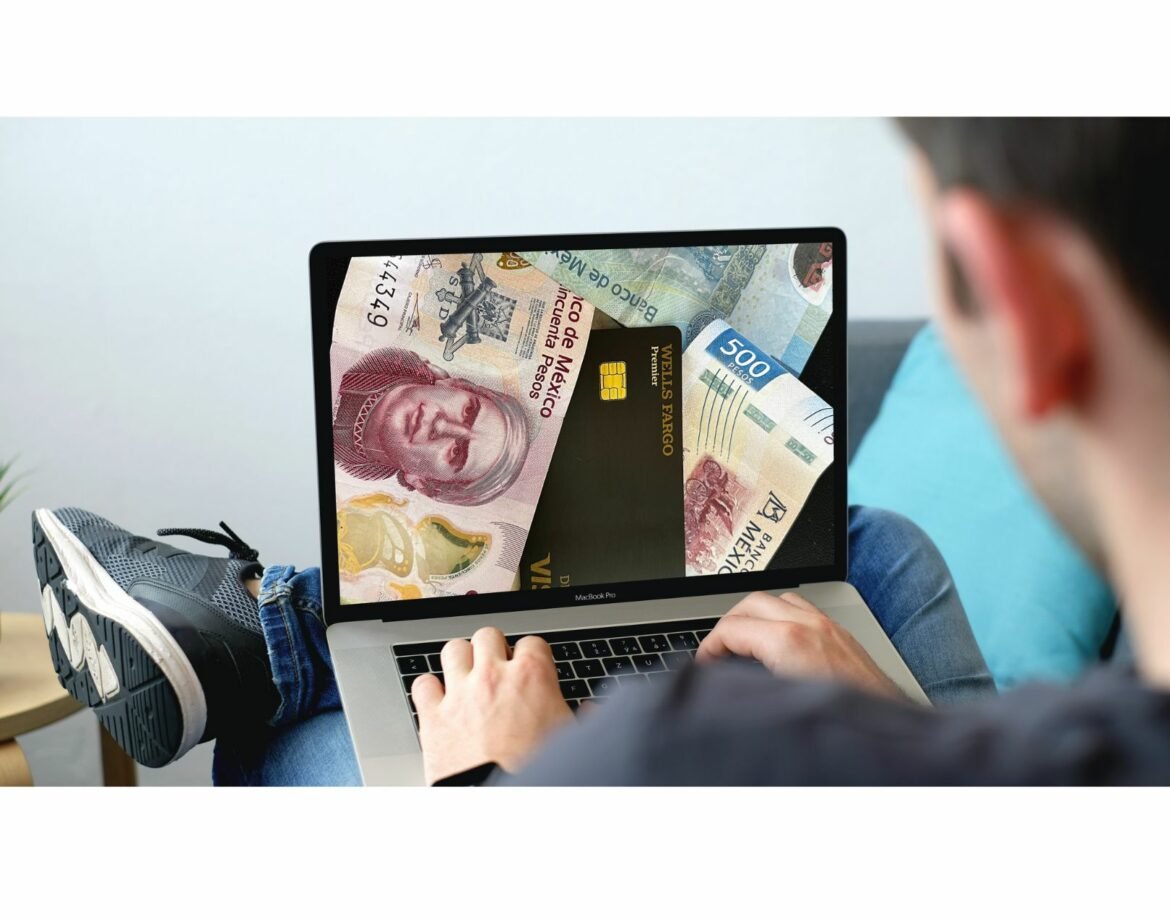Traveler's Guide to Managing Money in Mexico:
Understanding Currency, ATM Usage, and More!
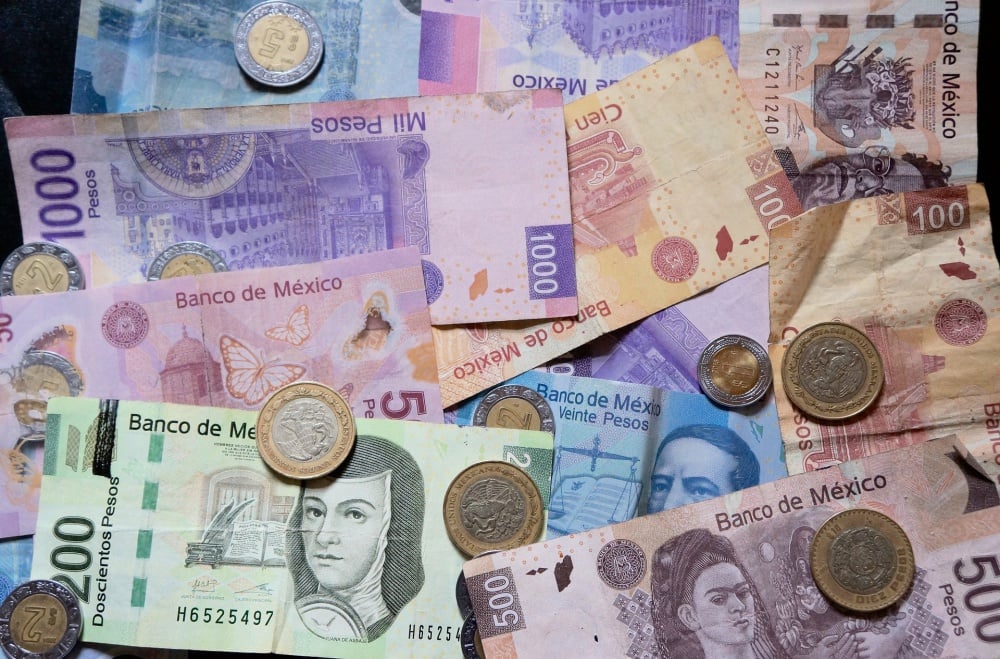
Understanding Mexico's Banking System
Today, Mexico’s banking system is as modern and extensive as in Canada, the United States, and other major countries. Many Mexican banks may even have affiliations with your home bank. If you bank with a global institution, you will likely find a branch or partner bank in Mexico.
Key Retail Banks in Mexico
Knowing the central banks in Mexico can help you identify the most cost-effective ATM for your withdrawals.
- BBVA Bancomer Mexico, one of Mexico’s largest banks, has a business relationship with Wells Fargo.
- Banamex, owned by Citigroup, allows Citigroup customers in the USA to withdraw from Banamex ATMs for free.
- Banorte, which has merged with IXE, offers free withdrawals of up to Banorte ATMs for Capital One debit cardholders at 3,000 pesos.
- Santander Mexico may charge fees for Santander clients. If you bank with them, notify your branch about your travel plans to avoid blocking your card.
- HSBC has over 1,400 branches in Mexico. You can expect free ATM withdrawals if you bank with HSBC in your home country.
- Banco Inbursa is a Mexican bank owned by billionaire Carlos Slim.
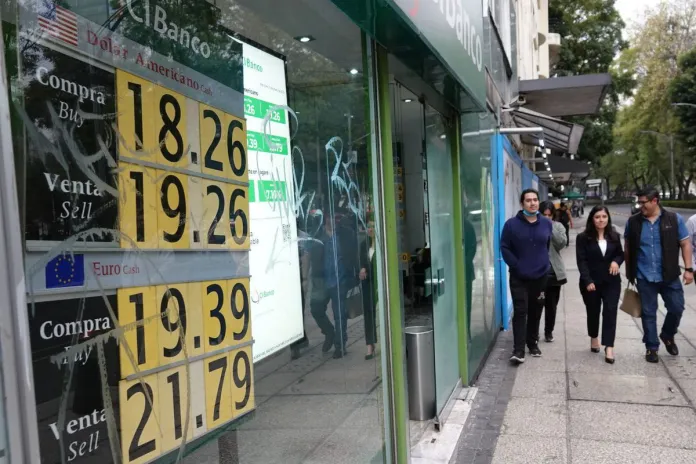
Using ATMs in Mexico
ATMs, or “Cajeros Automáticos” in Mexico, are widely available and provide a convenient way to obtain cash in Mexican pesos. However, be aware of any additional fees or withdrawal limits. Check with your bank or card issuer beforehand to ensure your card will work in Mexican ATMs and have a backup method of obtaining cash in emergencies.
Beware of ATM Scams In Mexico
ATM Withdrawal Limits in Mexico
Withdrawal limits can vary depending on your bank and account type. Some banks may impose daily withdrawal limits, while others may have monthly or transaction limits. Before traveling to Mexico, check with your bank about your withdrawal limit and any additional fees for foreign transactions.
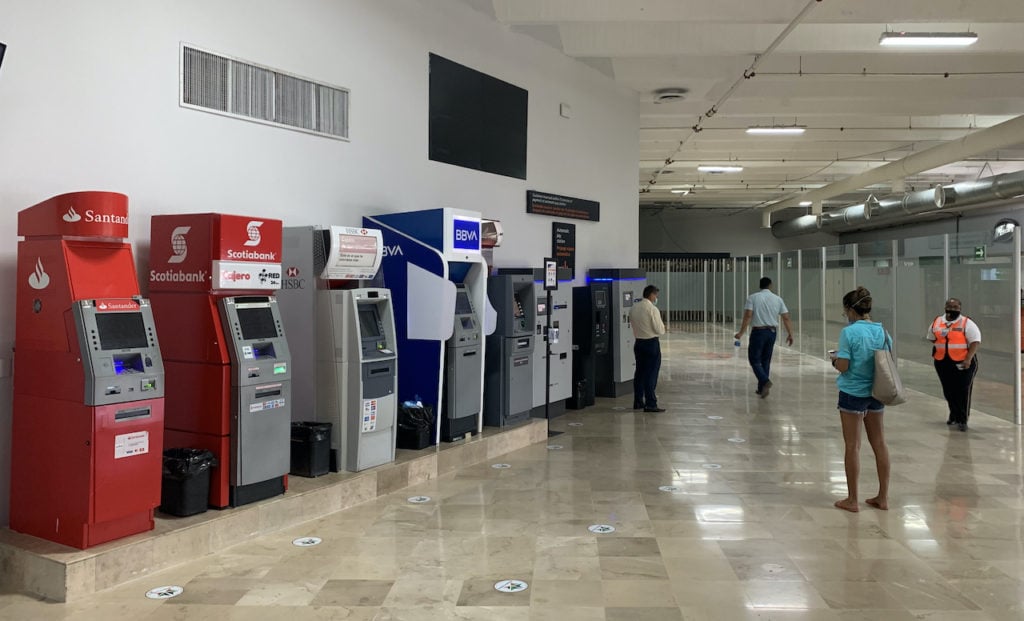
Exchanging Currency in Mexico
Always use Mexican pesos instead of your home currency to avoid scams and save money. Consider exchanging enough cash for your trip, but only carry the amount you need daily, leaving the rest in a safe place.
Best Places to Exchange Money in Mexico
You can exchange dollars for pesos at exchange kiosks or stores and find these facilities in large international airports. However, verifying the exchange rate is essential even when using a local exchange outlet, as it might be significantly higher than at an ATM or bank.
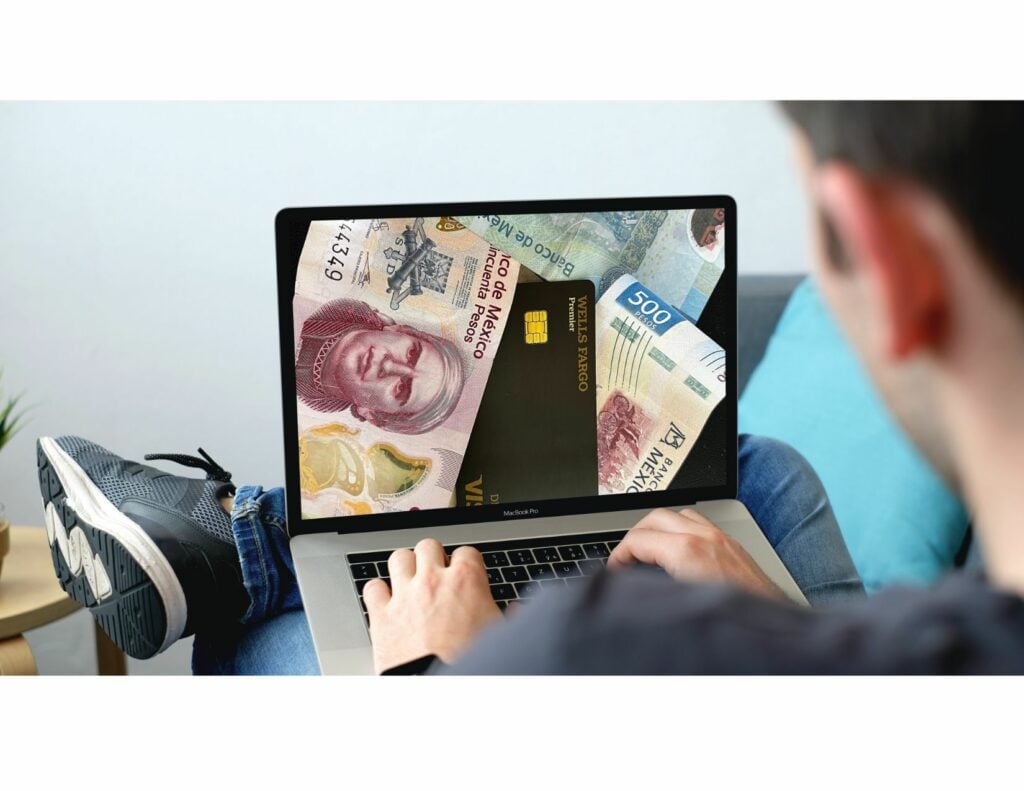
Final Thoughts on Managing Money in Mexico
When traveling to Mexico, it’s crucial to have various payment options to access cash and make purchases. Having some Mexican pesos on hand for small purchases or shopping at local markets is advisable. Many businesses, especially in tourist areas, accept major credit and debit cards like Visa and Mastercard. However, always check with the merchant before making a purchase.
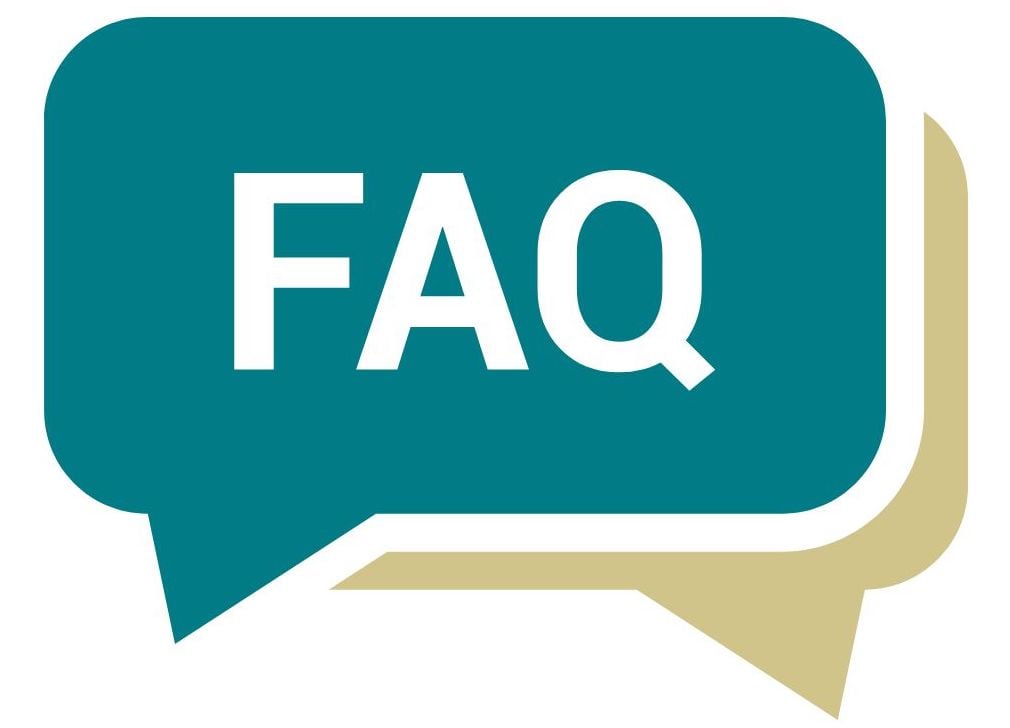
Frequently Asked Questions (FAQs)
Can I use my debit card in Mexico?
Many Mexican businesses, especially in tourist areas, accept major credit and debit cards like Visa and Mastercard. However, checking with the merchant before purchasing is always a good idea.
What is the best way to get pesos in Mexico?
The most cost-effective way to get pesos in Mexico is often through ATMs, as they typically offer better exchange rates than currency exchange offices. However, be aware of potential fees from your home and Mexican banks.
How can I avoid ATM fees in Mexico?
Check if your home bank has partnerships with any Mexican banks, as this could allow you to avoid some ATM fees. Also, some banks, like HSBC and Citigroup, offer free ATM withdrawals for their customers at their branches in Mexico.
What is the ATM withdrawal limit in Mexico?
ATM withdrawal limits can vary depending on your bank and your account type. Some banks may impose daily withdrawal limits, while others may have monthly or transaction limits. It’s best to check with your bank before your trip.
Where can I exchange money in Mexico?
You can exchange money in Mexico at exchange kiosks or stores in large international airports. However, the exchange rate might be higher than at an ATM or bank. Always verify the exchange rate before making an exchange.
What is the best way to exchange currency in Mexico?
Using ATMs to withdraw pesos is often the most cost-effective way to exchange currency in Mexico. They typically offer better exchange rates than currency exchange offices. However, be aware of potential fees from your home and Mexican banks.
Can I withdraw USD in Mexico?
While some ATMs in Mexico may offer the option to withdraw USD, withdrawing pesos is generally more practical, as this is the local currency and will be accepted everywhere.
What is the cheapest ATM to use in Mexico?
The cheapest ATM to use in Mexico will depend on your home bank and any partnerships they may have with Mexican banks. Some banks, like HSBC and Citigroup, offer free ATM withdrawals for their customers at their branches in Mexico.


